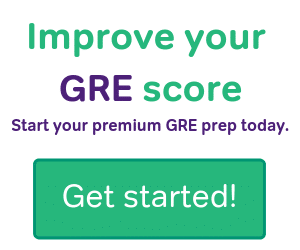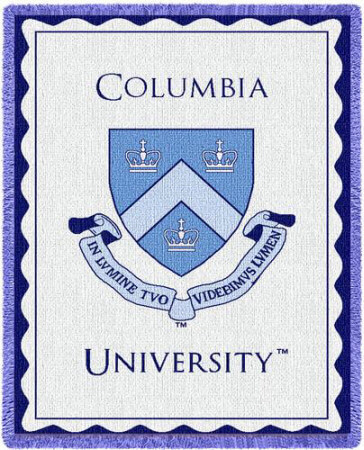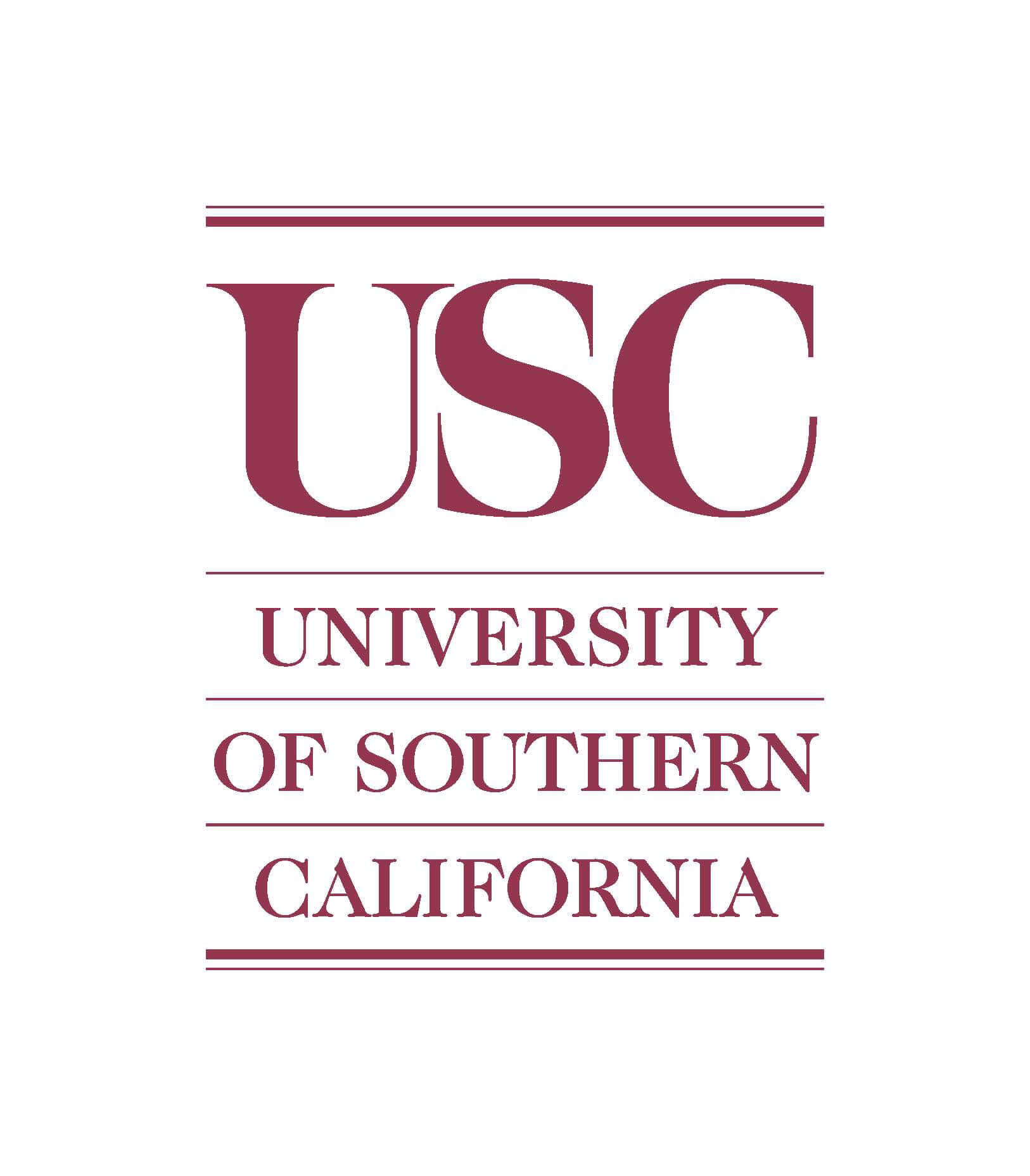Today, we’re hearing from Xizewen, who has some great tips for working on your math skills. 🙂
My approach: During my two-week preparation period of GRE, I mainly used two products of Magoosh, the GRE Vocabulary Flashcards, and the practice problems of math section. Although I didn’t have much time to prepare for the exam, the masters program I’m applying to mainly looks at the math part–since I’m majoring in math, the preparation time of two weeks wasn’t too bad for me. I was recommended from friends in college that Magoosh provides great products for standardized test preparation, so I immediately signed up with the Magoosh Premium.
Verbal: The Vocabulary Flashcards is not part of the Magoosh Premium; it’s a free App one can download from smartphone or tablet. It turned out to be extremely helpful, especially to a test taker whose native language is not English. I was planning to use a vocabulary book compiled by word lists which has 3000 words in total, but concerned with the limited time I had, I chose the Magoosh Flashcards which has 1000 words instead. It has been divided into 20 groups, each of which contains 50 words. By learning about 3 groups a day, I spent a whole week to finish all of them, but it is such a rewarding process. I’ve been encountering them not only in practice exams, but also in all kinds of articles I read elsewhere.
When using the App, you have the option to choose whether you know the word or not; if you didn’t know the word at first, it will appear randomly for at least six or seven times during the studying of the group before you “master” this word (the word would be labeled as “mastered” instead of “reviewing” or “learning”). This is a great way to help you fight against the Ebbinghaus Forgetting Curve, since you would probably review a word for 10 times in a short period of time. It took me forever to “master” one word, which is probably why I could only finish 3 groups per day, but the second day when I was reviewing them, I rarely forgot any. Another thing about flashcards is that it doesn’t present words in a particular sequence. Thus when you’ve remembered it, you are sure that you are not memorizing it by its position in the wordlist. The sentences containing the word also help to understand the usage of the word–they make the definition clearer, and many of them are fun. I improved 8 points in verbal session compared to the score I got using the ETS PowerPrep II practice exam, which I did at the first day of preparation; and in my opinion, the key (for international students; I have no idea how native students would perceive GRE verbal) to improve the verbal part of GRE in a short period of time is to study vocabulary. Magoosh Flashcards is a great tool to help one accomplish that.
Math: For the math part of GRE, I would say that the key is to practice. I don’t know if one would spare time to read through the entire part of math review section in the Ofiicial Guide; but if you don’t have that much time, or if you’ve had a decent amount of quantitative training before, I’d suggest that you start doing practice problems right away–it’s the most effective way to locate any knowledge gap or problem-solving skill deficiencies. Although I’m majoring in math in college, the math part of GRE doesn’t even include any calculus; it’s mostly like the puzzle problems one would encounter in middle school or high school–I got the chance to discover something I didn’t know before, like how to calculate the total number of positive divisors of an integer. There’s a formula for that, derived through the application of combination; instead it took me 10 minutes to solve by counting directly. One big thing about GRE math is that it is designed to be solved quickly (less than 2 minutes on average), without too much efforts in computation. If you find yourself spending much more time on one problem, you are very likely using the wrong method. Another important thing is that one should always manage to estimate the results, instead of trying to get an exact answer by using the calculator. It took me a while to establish this habit, which is much more GRE-friendly than math-major-friendly, but it’s one of the best things I learnt, especially from Magoosh, because it usually provides very crazy-looking numbers that force you to estimate with smarter numbers during the calculation.
By doing practice problems, I mean to custom practice sessions with Quiz Mode, to simulate the test environment as much as possible. I started by doing 20 problems in “All Difficulties” in 30 minutes and later on 30 “Adaptive” problems in 45 minutes–one session gets so crazy that almost all problems have the difficulty level of “Hard” or “Very Hard” and I ended up getting 77% right, and it was only 2 days before the exam. But I believe that such kind of training is exactly like gym session, if you put extra weights on your math muscles in mind during training before the competition, you’d deal with the actual competition–the real test–much more easily. I especially recommend that people set a tighter time limit during practice; for me, I tend to get nervous and more skeptical with my question examining as well as calculation, thus a habitual rapidness established during practice is a good way to mitigate such effects.
Since I signed up with the Premium account, I did watch some videos regarding vocabulary under verbal session. Although I didn’t get much training on verbal session before the exam, one very valuable thing I learnt, not only regarding GRE reading, but reading in general, is that you should read in sense groups instead of individual words one by one (if you can hear yourself reading out loud in your mind, you are not reading fast enough), while forcing yourself not to look back (even if you don’t understand the sentence). Speed is so important especially for GRE verbal session, and this is a great way to practice–you’d increase your speed of comprehension, thus the speed of reading overall.
P.S. On the test day remember to bring snacks that could provide steady energy instead of spike–it’s a 4-hour long exam and you don’t want to crash in the middle. I ate two bananas (awesome carb) during the 10-minute break.






Leave a Reply